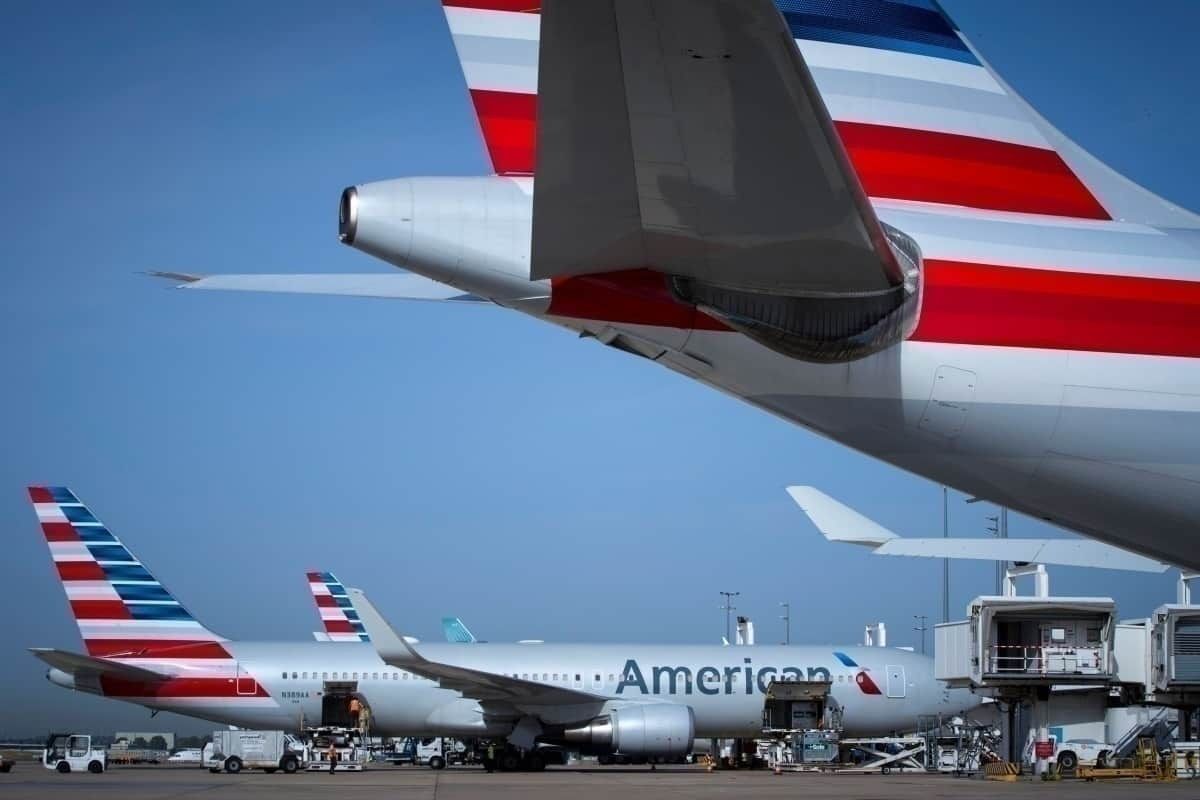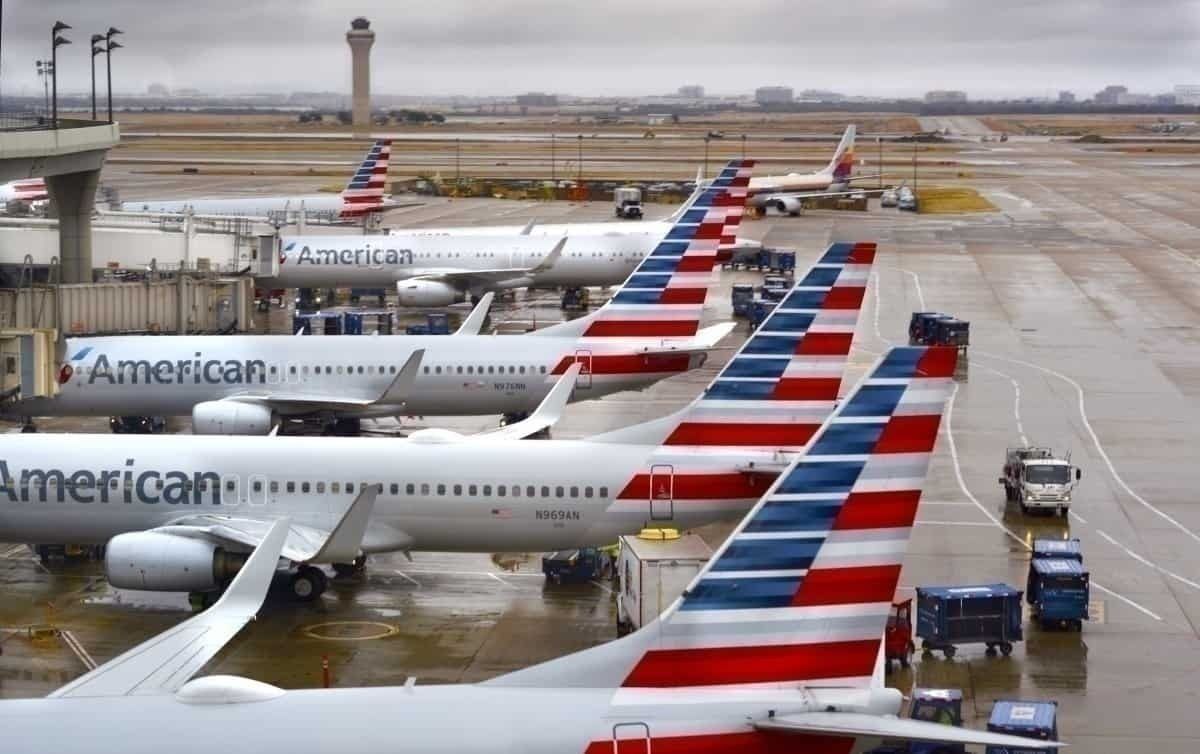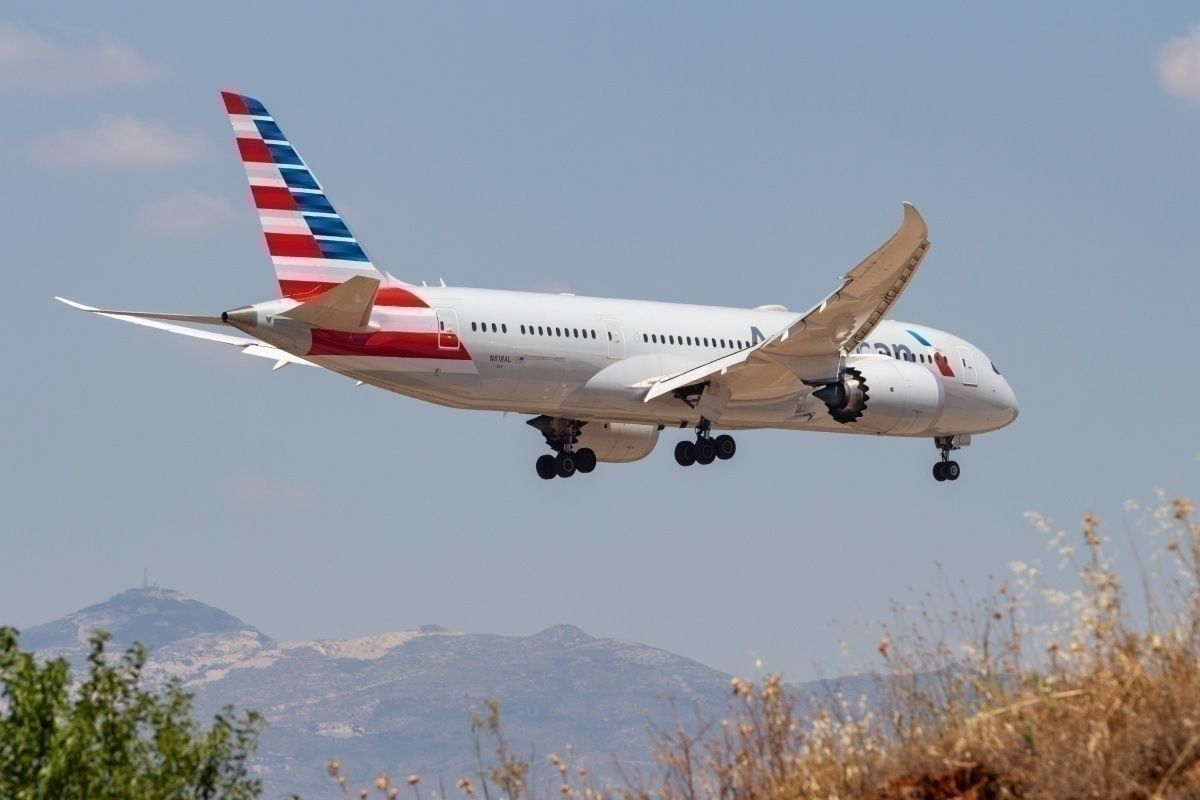**UPDATE: 15/03/2020 @ 17:02 UTC. American has replied with a comment about its widebody fleet. **
American Airlines will ground the majority of its widebody fleet as it cuts 75% of its international routes. New flight suspensions to destinations in Oceania, Asia, Europe, and South America are effective from tomorrow (16th March). American Airlines hopes these flight suspensions will last no longer than 6th May 2020.
75% long-haul routes cut
American Airlines has announced that it will be temporarily suspending 75% of its international routes. The airline, which had already made significant cuts, has now responded to the extension of the White House's travel ban which prohibits non-US travelers on flights from the UK and Ireland from entering the US.
From now on, American Airlines will suspend all remaining flights to Asia apart from one destination. The airline will continue to fly to Narita International Airport in Tokyo three times per week.
In addition, European flights will also see some cuts. American Airlines will no longer fly to any destinations in the UK or Ireland apart from London Heathrow. American will fly to Heathrow from just two American airports: Miami International Airport and Dallas Fort Worth in Texas.
Moreover, American Airlines will no longer operate its route from Los Angeles to Sydney or Auckland. Routes to Brazil, Colombia, Peru, Ecuador, Chile, and Guyana will also be affected.
The above routes will be suspended between 16th March until 6th May (inclusive) and represent a 75% reduction in international flight capacity year-on-year. Other long-haul routes that were due to begin within this period will have their inauguration dates moved. By contrast, American Airlines will continue operating its short-haul routes.
The modified schedules mean that American has been forced to ground the majority of its widebody fleet.
Which widebodies will American suspend?
American Airlines has not been specific about which aircraft it will ground. We contacted the airline for more information on this and it told Simple Flying:
"Our widebody fleet will continue to vary...the situation is very fluid..."
That said, based on routes that it will continue to fly it's possible to deduce which aircraft will not be affected.
The current American Airlines schedule for direct flights between Dallas Fort Worth and Tokyo Narita shows Boeing 777-200 and Boeing 787-9 Dreamliner operating this route. Since American Airlines will continue to operate this service three times per week, we can assume that one of these widebodies, if not both, will remain in operation.
In addition, the two flights to London Heathrow from Miami International and Dallas Fort Worth currently use widebodies. A Boeing 777-200 or 777-300ER operates between Dallas Fort Worth to London Heathrow. Between Miami and Heathrow, American uses a 777-300ER. These aircraft are also likely to remain in operation.
Currently, American Airlines' fleet comprises of 149 widebody aircraft. The majority of these are Boeing. The airline owns 16 Boeing 767-300ER, 67 Boeing 777s in the -200 or -300ER variant and 42 Dreamliners in the 787-8 and 787-9 variants. In addition to this, it owns 24 Airbus A330s. The majority of these aircraft will now be parked.
What does the future look like for American?
Like most airlines, American is struggling amidst the ongoing health crisis. The foreseeable future of flying looks uncertain and there have been many calls for the industry to adapt to mitigate the financial impact of these ambivalent times.
The financial impact of suspensions and grounded aircraft is palpable. In a recent press release, American Airlines seemed to plea for help in stabilizing its fiscal outlook. The airline said:
"These capacity reductions assume no slot waivers are in place other than those previously granted...Given the decrease in demand related to COVID-19, American has requested temporary relief from this usage requirement — otherwise known as requesting a slot waiver — to better align capacity with demand without the risk of losing valuable takeoff and landing slots for the future. American will continue to review its network and make adjustments as needed if waivers are granted."
The Federal Aviation Administration has waived the 80% usage rule on slots and continues to monitor developments in travel demand.
What do you make of this story? Let us know in the comments.



